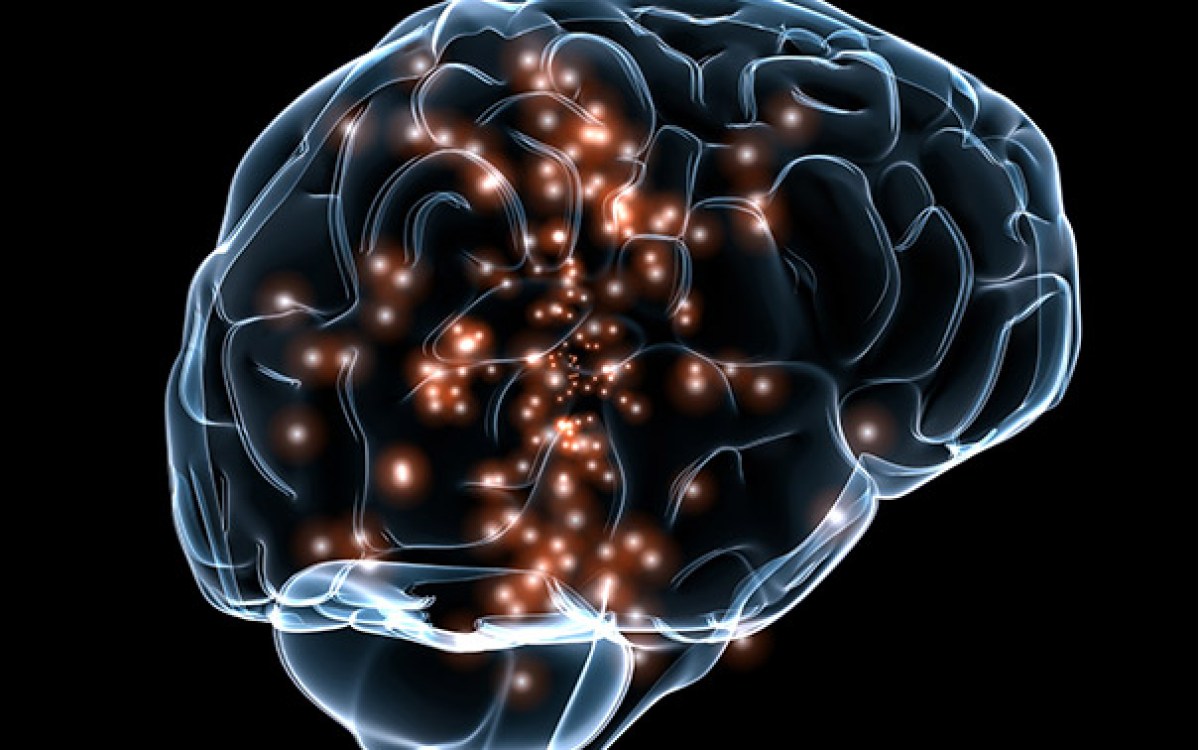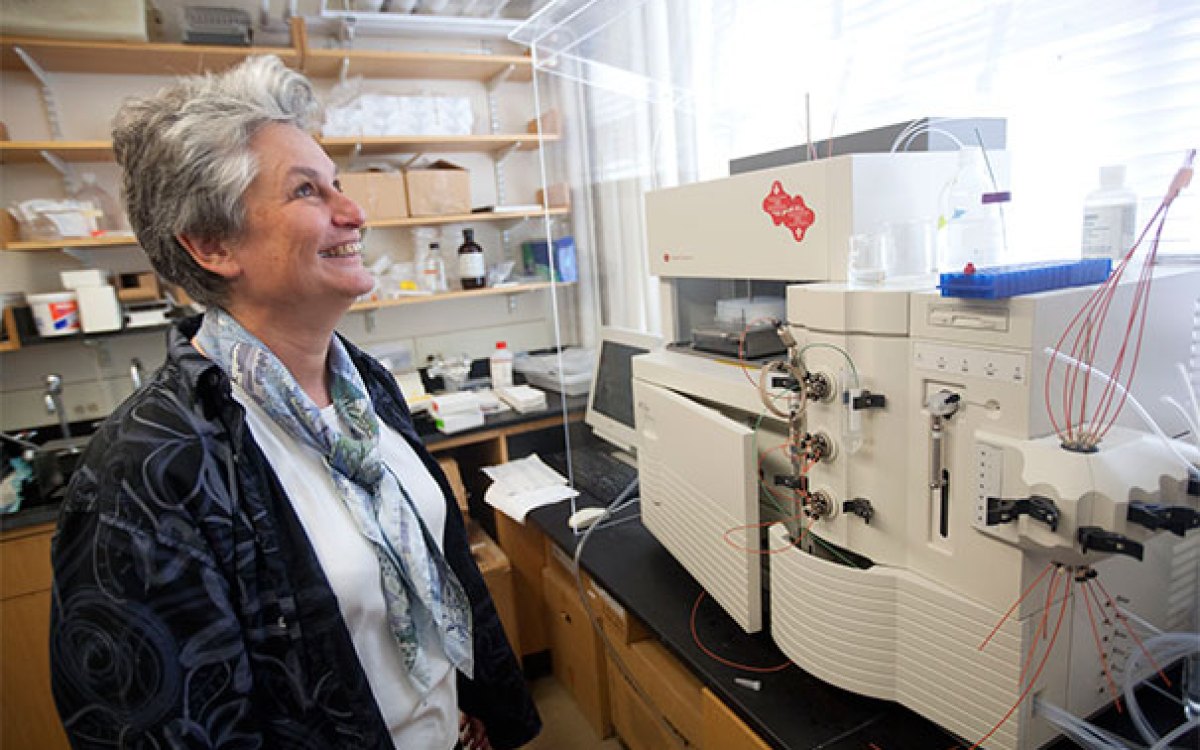
Separate pools of neurons control individual aspects of parenting behavior, note researchers whose findings are currently based on lab mice.
Credit: iStock
Research sheds light on how parents operate
Dulac’s mouse study shows role of neural projections in behaviors
Why do some people appear to be natural parents, while others smother their children, ignore them, or become abusive?
Catherine Dulac sought answers in the brains of mice.
Dulac, the Higgins Professor of Molecular and Cellular Biology and a Howard Hughes Medical Institute investigator, worked with a team of fellow scientists to describe how separate pools of neurons control individual aspects of parenting behavior in mice. The pioneering work is described in an April 11 paper published in Nature.
“Any social behavior, whether it’s fighting or mating or parenting — it’s not one thing, it’s multiple things,” Dulac said. “What’s fascinating is no one had ever determined how social behaviors are controlled. With this particular example of parenting, we showed that each discrete step is controlled by a different set of neural projections.
“Because this complex behavior is built from smaller parts, each of those pools can be regulated differently,” Dulac added. “So you can imagine circumstances where those parts may be working better or worse, leading to differences in parenting.”
The new study grew out of Dulac’s 2014 discovery that galanin neurons in the brain’s medial preoptic area were responsible for regulating parental behavior.
When the neurons were activated, sexually inexperienced male mice turned from attacking pups to grooming them instead. When researchers turned the neurons off in sexually inexperienced females, they ignored pups rather than grooming them.
With that information as a foundation, Dulac and her team used genetic tools to understand precisely how galanin neurons control parenting behavior by tracing which brain areas send signals to the neurons.
“What we found is these neurons get information from all over the brain,” Dulac said. “But we also found they send projections to multiple brain areas, including four that each appear to regulate a particular aspect of parenting behavior.”
One projection, Dulac said, stimulates the brain region responsible for controlling the motor aspects of parenting — sniffing and grooming pups, retrieving them to the nest, and more.
“If we activate this particular set of projections in an animal that is not a parent, they begin to act like a parent — they retrieve the pups and groom them,” she said. “And if we inhibit them in animals which are parents, there’s no longer any parenting behavior.”
A second projection had no effect on motor behavior, but instead controlled the mice’s motivation to interact with pups.
“If you put a barrier between an animal and the pups, stimulating that particular projection will enhance their desire to get across the barrier to the pups,” Dulac said.
That region controls only the mouse’s desire to reach the pups, Dulac noted, not motor behaviors such as grooming, so while exciting the neurons will make mice work furiously to reach pups, once there, they largely ignore them.
The third projection affects how mice with pups react to other mice. Activated mice are less likely to interact with intruders, while lower activation causes mice to ignore pups in favor of interacting with other mice. The fourth projection, meanwhile, drives hormone changes that appear in parent mice.
Because each projection is controlled by a separate pool of galanin neurons, each can be individually regulated, leading to a wide variety of parenting behaviors.
“This particular configuration or architecture is very similar to what has been found in the spinal column for the control of motor behaviors,” Dulac said. “When you walk or you run, different muscles are engaged, and each does something different. In the motor system, each muscle is controlled by a different pool of motor neurons. What we found here is where each component of a social behavior is also controlled by different pools of neurons.”
Going forward, Dulac hopes to explore ways to manipulate each projection to pinpoint its role in controlling behavior, and to understand whether similar systems of neurons are preserved in humans.
“Every time people have identified a population of neurons doing something in the hypothalamus, it’s preserved across all vertebrates,” Dulac said. “The neurons involved in reproduction, they’re found in everything from fish to humans. The same for areas involved in everything from stress to sleep to feeding behavior.
“I would bet the same neurons are going to be found in the human brain doing the same thing.”
This research was supported with funding from Human Frontier Long-Term Fellowship, an EMBO Long-Term Fellowship, a Sir Henry Wellcome Fellowship, the Fondation pour la Recherche Médicale, an NIH K99 award, a NARSAD Young Investigator award, a Howard Hughes Gilliam Fellowship, a Harvard Mind Brain and Behavior faculty grant, the National Institutes of Health, and the Howard Hughes Medical Institute.








